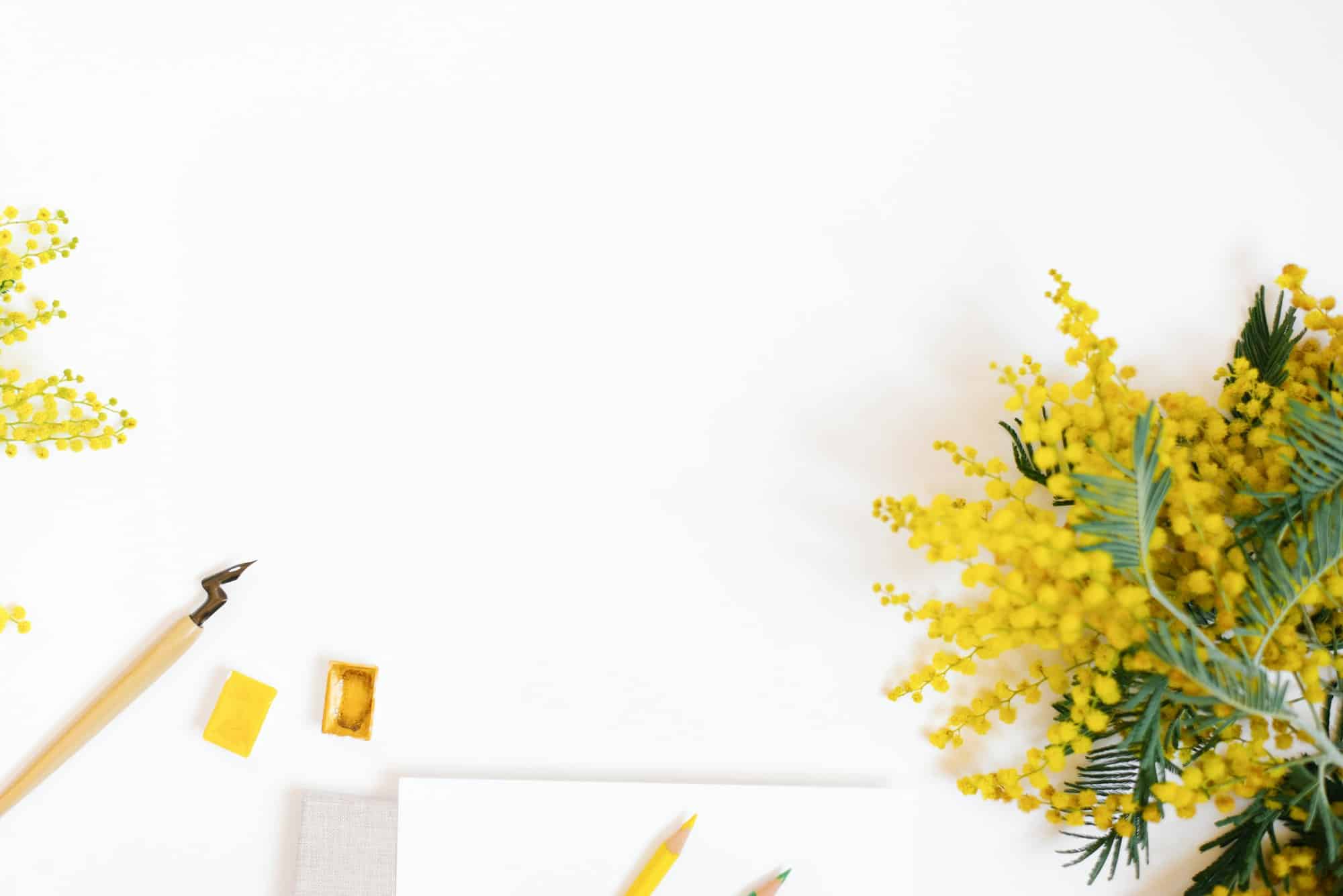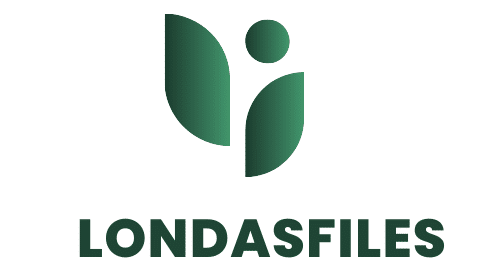Can the Regular Practice of Calligraphy Promote Mindfulness and Reduce Stress?

In the hustle and bustle of modern life, stress has become a common phenomenon. As you seek to find ways to mitigate stress and improve mental health, you might be surprised to learn that an ancient art form, calligraphy, can be a potent tool. It’s an art that requires focus, precision, and patience, naturally lending itself to cultivating a state of mindfulness. In this article, we’ll delve into the scientific studies that have explored the connection between calligraphy, mindfulness and stress reduction.
The Art of Calligraphy: A Unique Blend of Aesthetics and Cognitive Training
Calligraphy, particularly Chinese calligraphy (CCH), is an art that requires the perfect blend of visual aesthetics, motor skills, and cognitive training. This ancient art form provides an intriguing platform to study its impact on mental health.
Also read : How Can Ocean Sounds Influence Relaxation and Sleep Quality?
In a study published in ‘PLOS ONE‘ by Kao, Chen, and Yu (2013), they examined the cognitive benefits of calligraphy practice. It was found that practicing CCH improved cognitive skills, such as attention span, motor control, and spatial orientation. These findings are significant as these cognitive skills can positively impact mental well-being.
Calligraphy practice doesn’t just engage your mind; it demands a level of focus and concentration that allows you to disconnect from your surroundings momentarily and helps to quieten the mind. This escape from the incessant mental chatter that often fuels stress, anxiety, and depression can be cathartic and therapeutic.
This might interest you : Does Consuming Dark Chocolate Have Mood-Enhancing Properties?
Calligraphy and Mindfulness: A Path to Inner Peace
The concept of mindfulness is an increasingly popular topic, both in scientific fields and in the general public. Mindfulness is a state of active, open attention to the present moment, which can be cultivated through different techniques, including meditation, yoga, and yes, calligraphy.
While calligraphy may not be the first thing that comes to mind when you think of mindfulness training, its potential in promoting mindfulness has been recognized by scholars and researchers. A study published in the ‘Journal of Behavioral Addictions’ revealed that calligraphy practice can induce a state of mindfulness, leading to significant reductions in negative mood states and promoting emotional well-being.
Calligraphy cultivates mindfulness by requiring you to pay attention to each stroke, each movement of your hand as it dances across the page. This focus on the present moment is a cornerstone of mindfulness. By practicing calligraphy, you’re not just creating beautiful art; you’re training your mind to stay in the present.
Embracing Calligraphy: A Natural Stress-Reducer
In this fast-paced world, stress has become an unwanted, yet prevalent companion. There is a growing need for effective, accessible, and affordable stress-reduction techniques. Here, the potential of calligraphy as a natural stress-reducer comes into the picture.
A study published in ‘Frontiers in Psychology‘ found that CCH practice leads to significant reductions in stress and anxiety levels. The study included participants who practiced CCH and a control group who did not. The results showed a marked decrease in stress levels among the CCH practitioners compared to the control group.
The act of creating calligraphy can be a soothing, meditative process that provides a much-needed break from the relentless pace of modern living. Coupled with the inherent beauty and expressiveness of the art form, it’s no wonder that calligraphy can help lessen stress.
Calligraphy as a Mental Wellness Tool: The Bigger Picture
The benefits of calligraphy go beyond cognitive training, mindfulness, and stress reduction. This age-old art form can contribute to an overall sense of mental well-being. The practice of calligraphy offers a unique blend of art and mindfulness that fosters emotional health.
A study in the ‘Journal of Cognitive Enhancement‘ found that calligraphy practice leads to improvements in self-esteem and self-efficacy. The positive feelings associated with creating something beautiful, coupled with the mindfulness induced by the act of writing, contribute to a sense of accomplishment and self-worth.
In conclusion, while more research is needed to fully understand the potential of calligraphy as a tool for promoting mental well-being, existing studies make a compelling case for the inclusion of this art form in therapeutic and wellness practices. Whether you’re a seasoned calligrapher or a novice, incorporating calligraphy into your routine can be a fruitful pursuit, offering benefits that extend beyond the canvas.
The Influence of Calligraphy on Physical Wellness
Beyond mental wellness, calligraphy also influences physical wellness by regulating heart rate and other bodily functions. The rhythmic, focused movements associated with the art form have a calming effect on the body. A study published in PubMed and available on Google Scholar researched the effects of different activities on heart rate. It was found that the heart rate of participants who performed calligraphic handwriting was significantly lower than those engaged in other activities. This suggests a calming, stress-reducing effect of calligraphy not just mentally, but also physically.
Furthermore, a study conducted in Taipei, Taiwan, published in the PMC Free archive, examined the impact of Chinese Calligraphic Handwriting (CCH) training on the elderly. The results showed a significant improvement in participants’ fine motor skills and hand-eye coordination. The researchers concluded that CCH training could be beneficial for maintaining motor function in the elderly, indicating the potential of calligraphy as a physical wellness tool.
In essence, the physical benefits of calligraphy, combined with its potential for mental wellness, make it a holistic wellness strategy. It is not merely an art form, but a tool for overall well-being, providing benefits that are both seen (physical) and felt (emotional well-being).
Conclusion: Calligraphy, An Overlooked Tool for Mindfulness and Stress Reduction
In the quest for mindfulness and stress reduction, calligraphy, an ancient art form, offers surprising benefits. The power of calligraphy lies not only in its aesthetic appeal but also in its ability to engage the mind and soothe the heart. The practice of calligraphy requires a level of concentration and focus that naturally promotes mindfulness and reduces stress.
Through calligraphic handwriting, you engage with the present moment, as your attention is drawn to each stroke and movement of your hand. This mindfulness, as evidenced by a significant body of research, contributes to stress reduction and emotional well-being. Further, multiple studies on Google Scholar, PubMed, and PMC Free have shown that practicing calligraphy also results in improved cognitive skills and physical wellness.
While the CCH group stands out in many studies as reaping the benefits of this art form, the value of calligraphy is not limited to Chinese Calligraphy alone. Any form of calligraphic handwriting can serve as a potent tool for mindfulness and stress reduction.
Given these benefits, it becomes clear that calligraphy is much more than an art form. It is a potential path to healthier living, a medium for mindfulness, and a tool for stress reduction. For anyone looking for ways to alleviate stress and improve mental health in this fast-paced world, embracing the art of calligraphy could be a step in the right direction.
In a world that often overlooks the power of traditional practices in favor of modern solutions, calligraphy stands as a testament to the age-old wisdom that continues to be relevant today. As we move forward, it may be worthwhile to revisit such practices, explore their potential, and integrate them into our routines for a more balanced, stress-free life.
